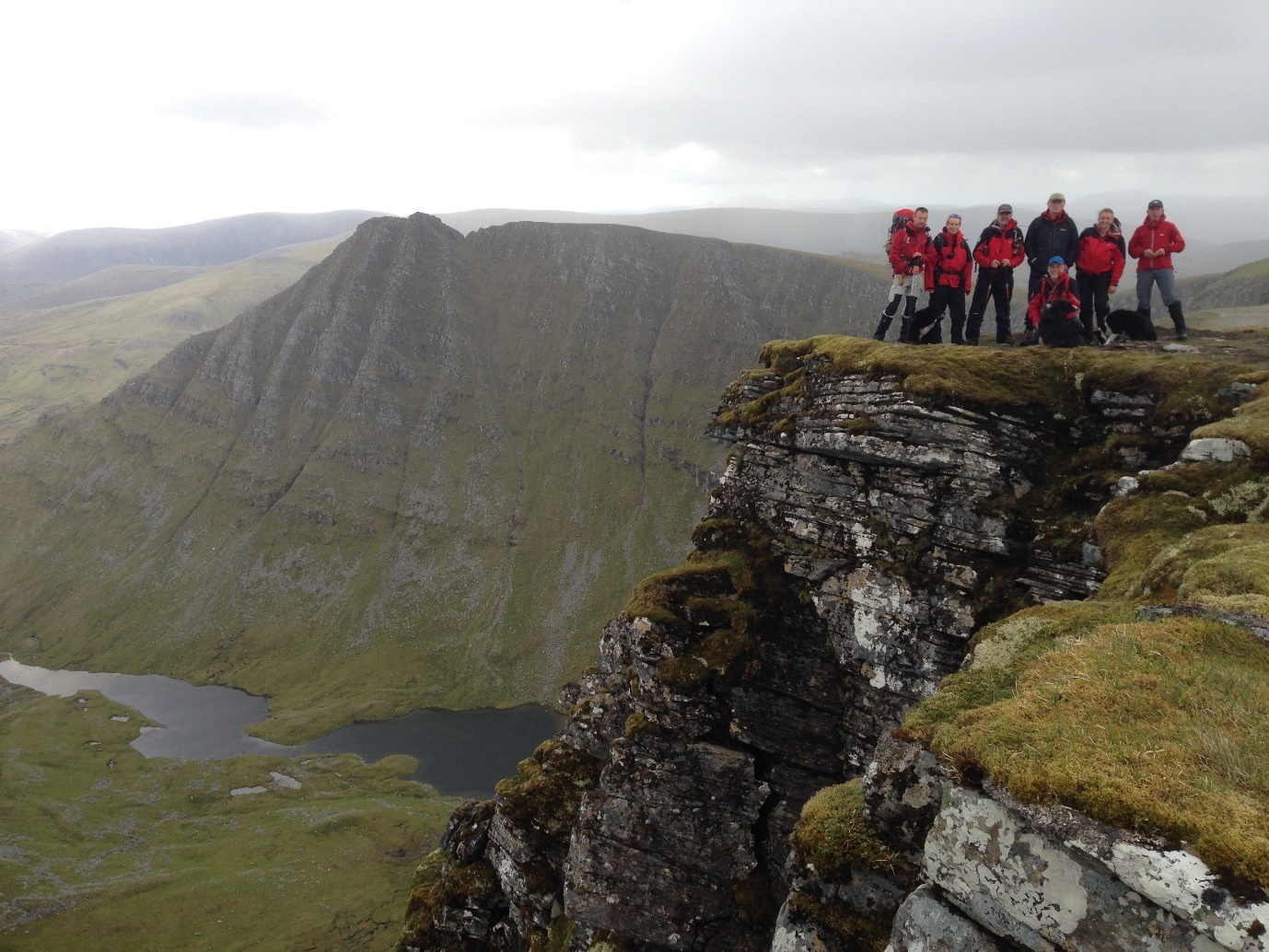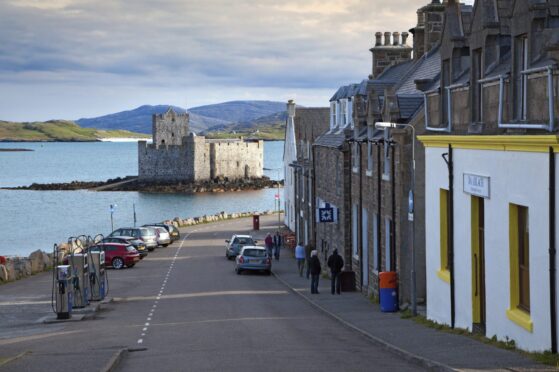A woman was rescued from caves where the remains of the only known wild polar bear in Britain were found.
The tourist, in her 30s, was visiting the Bone Caves and Inchnadamph in Sutherland when she fell around 60ft.
Assynt Mountain Rescue Team helped extract the woman after the alarm was raised around 2.30pm on Sunday.
Sue Agnew, leader of the team, said the woman had fallen at the entrance to the caves.
“She had suffered cuts and abrasions and was naturally in a state of shock,” said Ms Agnew.
“She had fallen quite a way and we were concerned enough to call for a helicopter. We stabilised her and she remained conscious throughout. We wish her a speedy recovery.”
Six team members helped the woman – who was with a companion from England – before the Stornoway-based Coastguard search and rescue team airlifted her to Raigmore Hospital in Inverness. Her condition is unknown.
The Bone Caves are popular with hillwalkers and also scientists because of the discoveries made at the site in the past of prehistoric remains of animals, including bears, and humans.
A polar bear skull excavated from a cave at Inchnadamph is the only known remains of the species in Britain. It probably dates to about 18,000 years ago when massive ice sheets covered much of the country at the height of the last ice age.
The creature’s bones were first unearthed in 1927 but it was only when the remains were re-evaluated that scientists realised that they once belonged to a polar bear that lived at a time when the climate in Britain was in the grip of a deep freeze.










